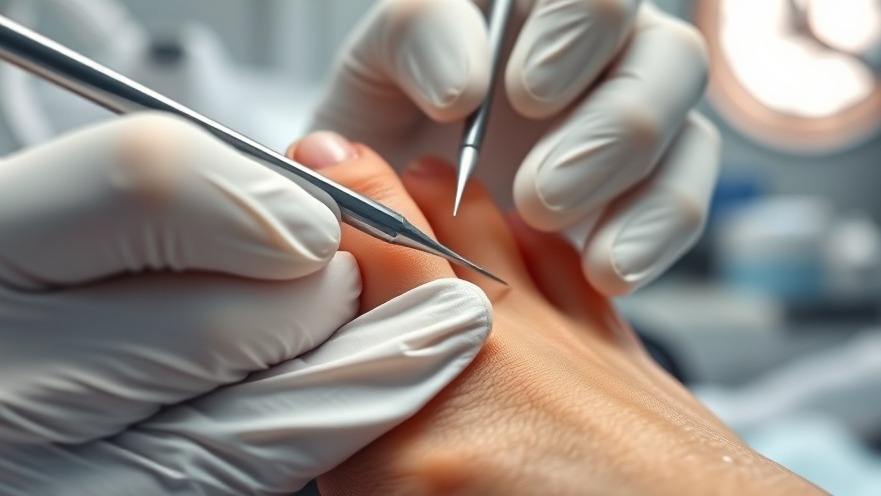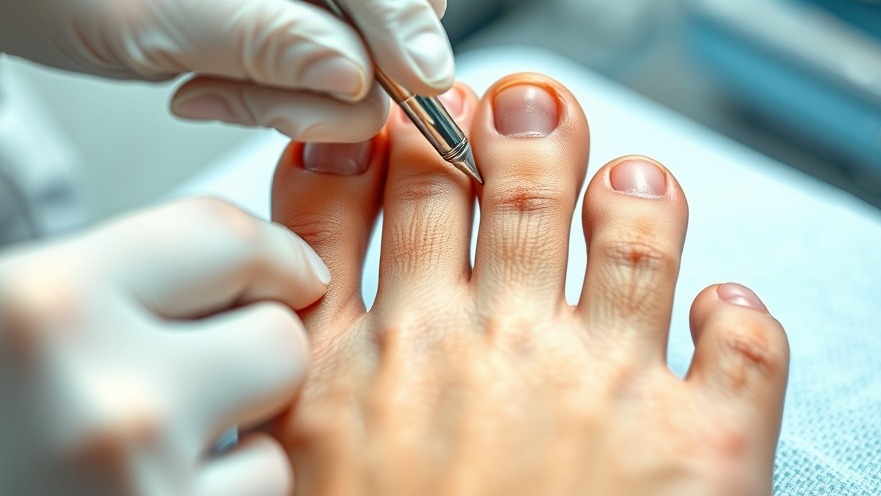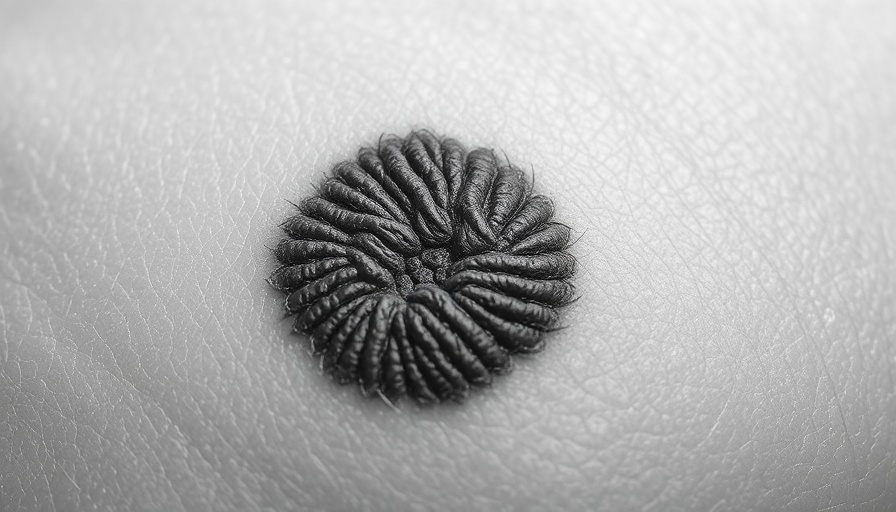
Understanding Calluses: A Common Concern for Many
Do you find yourself frequently dealing with calluses? You’re not alone. Calluses, often seen as merely a cosmetic issue, can be a source of discomfort and concern for many individuals. They can develop on various parts of the body, but mostly appear on the feet and hands due to pressure, friction, or repetitive motions. Understanding what causes calluses and how to manage them can significantly improve your overall wellness.
In 👉 Do you often get calluses? Share your experience in the comments! 💬, the discussion highlights the common experience of dealing with calluses, which leads us to explore informative insights and tips for care and treatment.
What Causes Calluses? Discovering the Root
Calluses form as a natural defense mechanism for the skin, designed to protect the underlying tissues from damage. When skin is subjected to constant friction or pressure—such as from tight shoes, ill-fitting socks, or improper nail care—it compensates by producing more skin cells, leading to those hard, thick areas we recognize as calluses. Intriguingly, various activities, such as athletic pursuits—like pickleball—can lead to calloused regions, especially on the feet. When engaging in these activities, wearing appropriate shoes becomes essential to reduce friction and improve comfort.
Practical Tips for Managing Calluses
Dealing with calluses shouldn't feel overwhelming. Start by incorporating these easy practices into your routine:
Regular Foot Care: Schedule regular pedicures or use a pumice stone to buff away hardened skin gently.
Wear the Right Shoes: Choose footwear that fits well and provides adequate support to minimize friction.
Moisturize: Keep your skin hydrated using soothing creams that specifically target areas prone to calluses.
Seek Professional Help: If calluses are painful or persistent, consult a podiatrist for specialized treatment options.
Home Remedies: Natural Solutions for Calluses
Besides professional treatments, some home remedies can also help effectively eradicate calluses. Standard solutions include soaking your feet in warm water mixed with Epsom salts, which can help soften callused skin. You might even find that applying Vicks VapoRub directly on the callus overnight can aid in softening the hard skin. Massage and exfoliation can also support the skin’s natural renewal process.
When To Seek Professional Help
While most calluses are harmless, there's a threshold where professional intervention becomes necessary. If you experience pain, notice discoloration that indicates an infection, or if symptoms persist despite self-care, it’s time to consult a foot specialist. They can offer treatments ranging from medicated creams to laser therapy tailored to your needs.
Exploring Connections: Calluses and Overall Health
Your body’s response in forming calluses can hint at other underlying health issues. For instance, excessive callus formation might indicate a need for better foot support or a reassessment of how you approach daily activities. Being attuned to changes in your body signals can empower you to lead a healthier lifestyle. Engage in discussions about foot health—share your experiences and learn from others to obtain different perspectives. Knowledge is key.
Conclusion: Embrace Healthy Feet and Share Your Story
Understanding calluses is just one step in enhancing your foot health. As we uncover more insights about our feet and take proactive steps toward proper care, we unlock the door to better overall health. Have you had experiences managing calluses or know effective remedies? Share your insights in the comments below!
 Add Row
Add Row  Add
Add 




Write A Comment